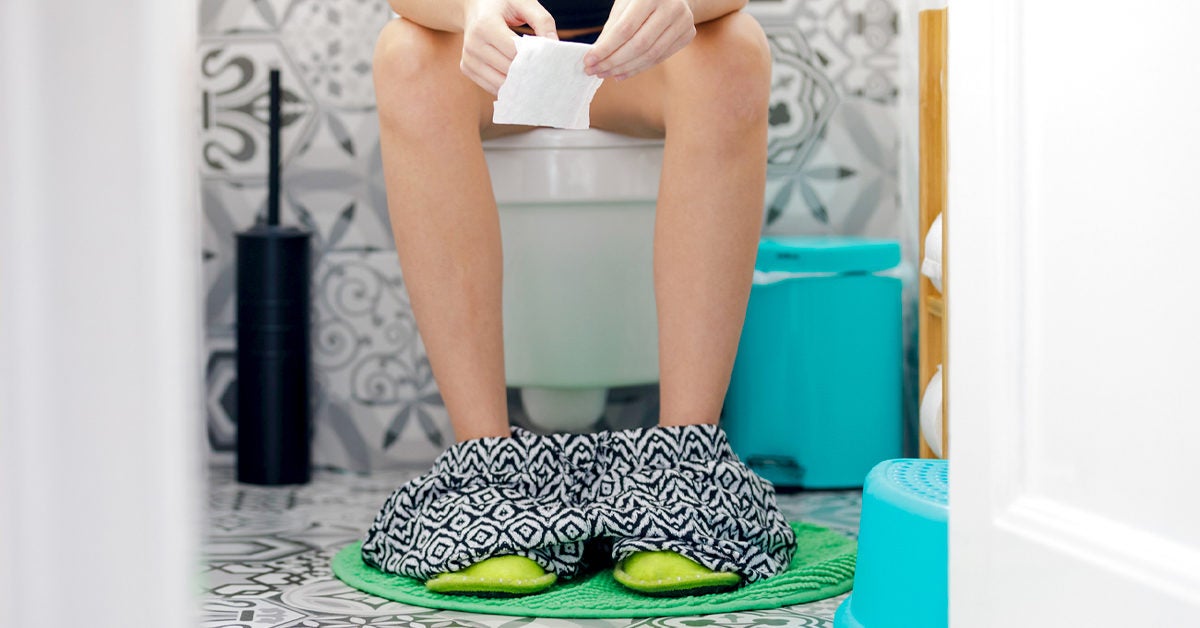Rope Worm: Intestinal Parasite or Mucus Buildup? - Healthline
Rope Worm: Intestinal Parasite or Mucus Buildup? - Healthline |
| Rope Worm: Intestinal Parasite or Mucus Buildup? - Healthline Posted: 01 Jul 2020 12:00 AM PDT  There are multiple types of intestinal parasites that can infect human beings, such as tapeworms, pinworms, hookworms, and more. In recent years, there's been discussion of another potential intestinal inhabitant called the rope worm. While some people believe that rope worms are intestinal parasites, the more plausible theory is that these "worms" are more likely strands of intestinal mucus. In this article, we'll discuss the literature on rope worms, including the parasite theory, intestinal mucus theory, and how to treat and prevent this gastrointestinal condition. The parasite theory of the rope worm is only a recent development. In 2013, a non-peer reviewed research paper was published by Dr. Alex Volinsky and his colleagues on the details of this intestinal parasite. According to Dr. Volinsky, the rope worm, otherwise known as funis vermes, is a parasite that spend its entire life inside of the human body. It doesn't fall under any other known family of human parasites and may consist of a single organism or a community of organisms. Rope worms feed on fecal matter in the intestines and are usually the result of a poor diet. Dr. Volinsky and his colleagues claim that there are five stages of the rope worm life cycle:
The authors of the paper claim that there are various methods of extraction for each developmental stage, including salt milk enemas, baking soda enemas, and eucalyptus/lemon juice enemas. They believe that if these rope worms are not flushed from the body, they can release toxins that may have negative cognitive effects. The intestinal lining or mucus buildup theory is an alternative to the parasite theory of the rope worm. This theory claims that these long rope-like structures are simply shed pieces of intestinal mucus. Intestinal mucus is produced as a barrier to prevent harmful microorganisms from entering the bloodstream through the intestines. As with all cells in the body, these intestinal barrier cells routinely turn over and shed. While routine shedding is normal, excessive or altered shedding of intestinal mucus may be a sign of gastrointestinal conditions like inflammatory bowel disease (IBD) or colon cancer. During enemas and colon hydrotherapy sessions, some people experience a flushing of what is believed to be a buildup of mucus. This buildup of mucus, which is sometimes referred to as mucoid plaque, actually closely resembles what others believe is the human rope worm. There's no definitive scientific proof that mucoid plaque buildup even exists. However, there's even less scientific proof for the existence of the rope worm as an intestinal parasite. Perhaps the most critical evidence against the parasite theory is the fact that when the DNA of the "rope worm" specimen was tested, it consisted of 99 percent human DNA. Rope worms are usually discovered during colon cleansing procedures such as enemas and colonic cleanses. According to the research from Dr. Volinsky, almost all patients undergoing colon irrigation will present with rope worms. Once these rope-like strands have been cleansed, patients have reported relief from digestive issues. However, these claims are purely anecdotal and there's no current peer-reviewed research to support this. Current research is lacking on the diagnosis and treatment of rope worms, and there's no clinical recommendation for treatment. A healthy level of mucus turnover is completely normal for a healthy bowel, but an increase in mucus or the presence of long strands of material is not. The potential causes of increased mucus in the stool may include: In some cases, the evacuation of long, worm-like structures may be the result of an undiagnosed parasitic infection from a species that is known to infect humans. If you're noticing an increased level of mucus or other unknown materials during colon cleansing, it's best to visit a doctor or gastroenterologist for an official diagnosis. It's believed that eating a diet rich in processed foods may contribute to the presence of rope worms or the buildup of mucoid plaque. While there's no scientific proof to support this theory, there is merit behind the idea of maintaining a healthy gut. Taking care of your digestive systemGut health is just as important as heart health, lung health, and the health of any other organ in the body. Even if the literature doesn't prove the existence of rope worms or mucoid plaque, here are some ways you can take care of your digestive system:
Rope worms are often discovered during enemas and colonics. There's little evidence to support the theory that these worms are a newly discovered type of human parasite. The more likely explanation for the expulsion of these rope-like strands is the shedding of intestinal mucus. However, both theories lack the necessary scientific evidence to definitively say what these "rope worms" really are. If you're experiencing an increase in mucus or notice the presence of worm-like strands during colon cleansing, it's always best to schedule a follow-up appointment with your doctor or gastroenterologist. |
| You are subscribed to email updates from "How do you treat parasites" - Google News. To stop receiving these emails, you may unsubscribe now. | Email delivery powered by Google |
| Google, 1600 Amphitheatre Parkway, Mountain View, CA 94043, United States | |
Comments
Post a Comment